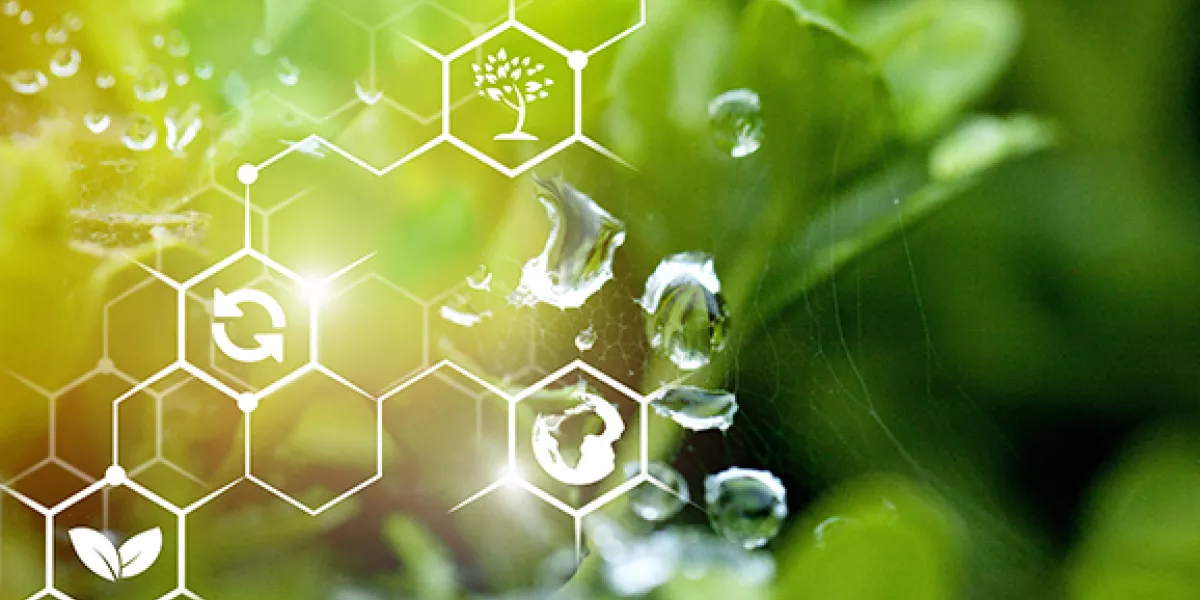GRIP Project
Implement and apply Circular Economy principles to both up stream and down stream processes to achieve sustainable industrial production processes.

Sectors
- Green processes and materials;
- Conversion and valorisation of wastes;
- Circular economy;
- Industrial symbiosis.
Scientific Leader
Prof. Cristina Prandi, Full Professor of Organic Chemistry, University of Turin
Themes
As far as Smart Specialization Strategies are concerned, the realization of the activities GRIP foresees leverage on the strengths already existing in the territory to create the capacity specifically needed by the driving productive and economic sectors, the public sector and the world of education and research for a gradual but radical change in interdisciplinary areas, such as Green Chemistry, Sustainable Energy, Materials Science, Bioeconomy in view of a unitary concept that correlates human, animal, and environmental health.
Objectives
The goal of GRIP is to technically demonstrate the possibility to support the development of an environmentally, economical and socially joined ecosystem able to convert the involved territoriesof the NODES ecosystem into Circular Economy based territories, accelerating the transition of thelocal civil, industrial and institutional systems and to reduce CO2 emissions focusing on industrial bio-based products, secondary raw material and industrial symbiosis concepts of products reconciling our economies and human activities with the planetary boundaries in the wake of systemic crisis.
Specific Objectives:
- To help preserving natural resource, reducing the production of waste during productive process;
- To support the creation of new sustainable market opportunities and strengthen the competitiveness and growth of companies;
- To develop new knowledge and/or technologies;
- To establish a permanent cooperative system.
Expected results
GRIP will implement and apply Circular Economy approaches both to upstream and downstream processes and will implement industrial green process productions valorising and reusing industrial, agricultural and civil effluents, together with liquid and solid wastes. It will enable the closing of the loop on the resources currently used within the system, the input from alternative sources (bio products, secondary materials) and the replenishment of the natural resources whilst limiting CO2 emissions.
The valorisation of local secondary raw material based on circular economy principles will enhance the preservation of natural capital as development agents and respects the indivisible value of nature.
The platforms developed and tested by GRIP project will strengthen the concept of natural resource preservation thanks to the use of recycled aggregates from construction and demolition waste and extractive industries as new secondary raw material, and the industrial valorisation and reuse of industrial, agricultural and civil effluents, together with liquid and solid wastes. They will be used in partial and/or total substitution of natural resources in anthropic contexts, with significant lower CO2 footprint, preserving local natural capital and biodiversity.
Impact on the territory
According with NODES’s objective and methodologies, positive impacts will be generated by the research project GRIP on the small and medium enterprises of the reference territories and it will contribute to bridge the gaps defined by the PNRR, enhancing the position of NODES at national and international level.
GRIP will generate collaborations between the research system, the production system and local institutions (including financial institution) by enhancing research results, facilitating technology transfer and accelerating the digital transformation of businesses and production processes working towards an economic and environmental sustainability and social impact of the territories involved. The project GRIP stimulates and promotes the collaboration allowing the application, test, and implementation of innovative and sustainable technologies to support and address the industrial ecosystem towards circular economy principles.
This industrial ecosystem, in form of industrial districts that combine local entrepreneurship, dynamic small companies in traditional sectors, high-tech providers, industrial research and innovation, clusters and competence centres, accelerators and incubators supporting business and market will be supported with green, digital and sustainable research and innovation initiatives of GRIP project focused on the topics of excellence of each territory and fostering cross-collaboration and cross-fertilization activities to explore new markets related to the NODES Spoke 2 “GreenTechnologies” thematic.
Participants:
UNITO:
- Department of Chemistry
- Department of Earth Sciences
- Department of Agricultural, Forest and Food Sciences
- Department of Law
- Department of Management
- Department of Computer Science
- Department of Veterinary Sciences
- Department of Life Sciences and Systems Biology
POLITO:
- Department of Applied Science and Technology
- Department of Environment, Land and Infrastructure Engineering
- Department of Mechanical and Aerospace Engineering
- Department of Management and Production Engineering
- Department of Structural, Geotechnical and Building Engineering
- Department of Energy
- Departmentof Control and Computer Engineering
- Department of Architecture and Design
- Department of Mathematical Sciences
- Department of Mechanical and Aerospace Engineering
UPO
- Department of Science and Technological Innovation
- Department for Sustainable development and ecological transition
- Department of Pharmaceutical Science
UNINSUBRIA
- Science and High Technology Department
- Biotechnology and Life Science Department
- Economics Department
UNIPV
- Department of Pharmaceutical Sciences
- Departmentof Biology and Biotechnology
- Department of Chemistry
- Department of Earth Sciences
- Department of Electrical, Computer and Biomedical Engineering
ENVIPARK
- Green Chemistry

